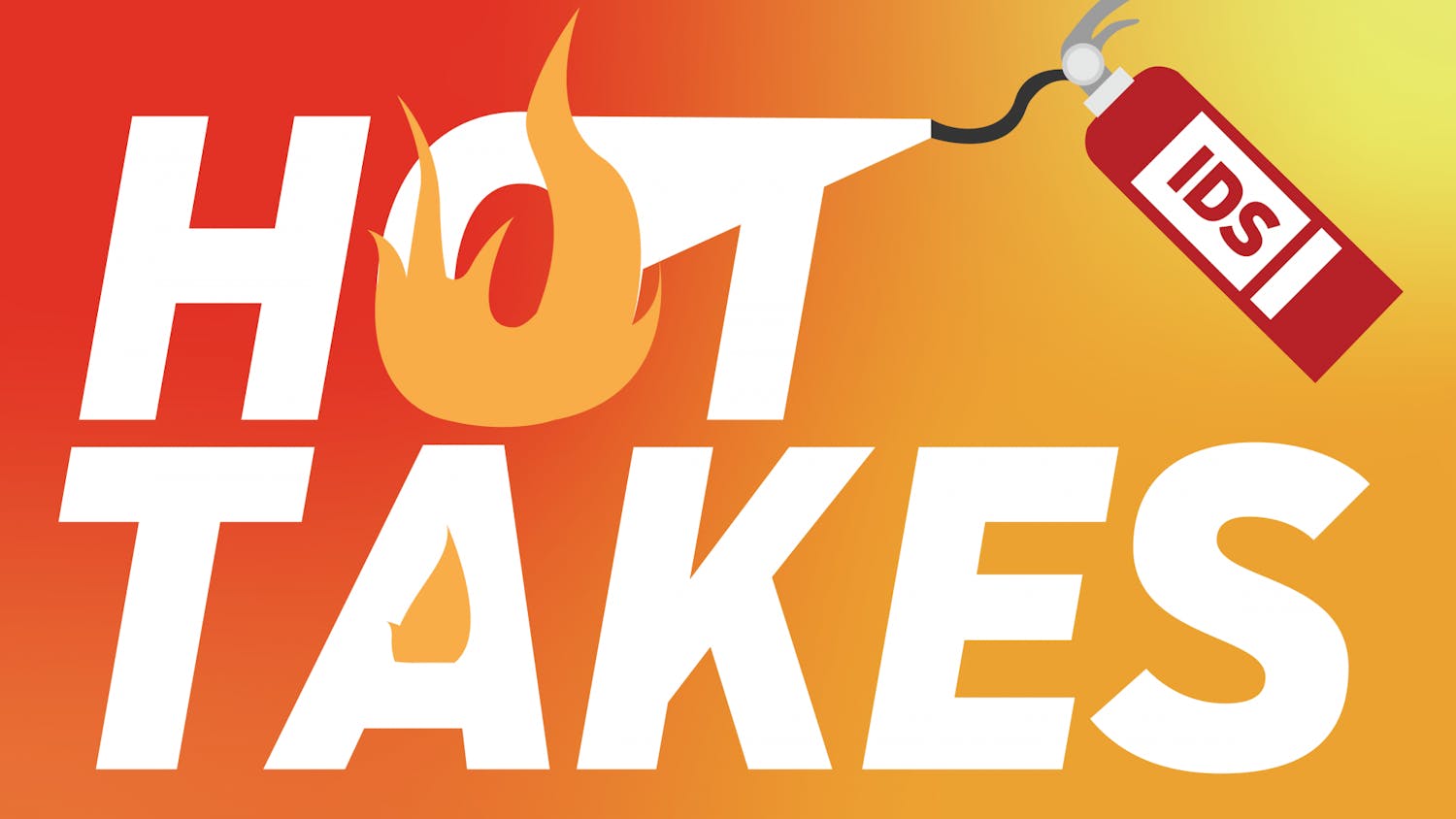Conventional political wisdom states that a political party must appeal to swing voters, who are predominantly seen as white and moderate, to win an election. If a party moves too far to the left or right, it risks losing these coveted centrist voters, thus the election. This view of American politics, however, ignores one very important fact: A little less than half of eligible voters do not cast a ballot.
Only about a quarter of the voting-age population voted for President Donald Trump, while another quarter went for former Secretary of State Hillary Clinton. More than 100 million Americans did not vote in the 2016 election. If Democrats hope to take back the White House in 2020, they must engage this critical and enormous bloc of potential voters.
Democrats, from former Vice President Joe Biden to Sen. Bernie Sanders, would likely fail to win over Republicans or Trump-voting independents. Among 2016 Trump voters, 91% approve of the president’s performanceaccording to a YouGov.com poll. Meanwhile, Trump enjoys an only 34% approval rating among nonvoters, with 36% strongly disapprovingof him. The Democrats’ best chance of defeating Trump lies in their ability to bring these many millions of Americans into the political arena.
Who are these nonvoters? The Pew Research Center describes them as “younger, more racially diverse [and] more financially strapped” than the general electorate. Among nonvoters, 34% are under the age of 30, 43% are nonwhite and 46% have an annual family income of under $30,000.
So, why don’t they vote? The answer to this difficult question likely varies by the individual. Not least among them, though, are measures that deliberately target minority Americans’ ability to vote and make it more difficult for low-income people to vote. Further, many young people are considerably to the left of the Democratic establishment, preferring not to vote rather thancast a ballot for a candidate they substantively disagree with.
According to surveys of registered voters who did not vote in 2016, accounting for tens of millions of Americans, 25% list “a dislike of the candidates or campaign issues” as their main reason for not voting, up from 12% in 2008 and 2012. This sentiment was widespread across all demographics. Among registered nonvoters, 19% of black Americans and 25% of Hispanic Americans listed it as their primary reason, up from just 3% and 9% respectively in 2012.
With stagnant wages, ballooning student and medical debt, increasing economic inequality, inaction on climate change, a racist police and justice system, never-ending wars, inhumane treatment at the southern border, the loss of manufacturing jobs and a host of other issues, who could blame minorities, the working class and the young for feeling disenfranchised by a Democratic Party vying for more conservative swing voters? Let's not forget that not a single one of the above problems began with Trump. They are the result of decades of both Republican and Democratic administrations.
Engaging nonvoters requires bold visions and grassroots organizing. It requires centering the concerns of the working class, minorities and the young, which are hardly mutually exclusive categories. Most of all, it requires avoiding nominating a candidate like Biden, who voted for the war in Iraq, helped write the 1994 crime law and fields heavy criticism for his incrementalist climate plan, unless Democrats want to make the same mistake as 2016.
In 2020, Democrats have the opportunity, not only to win the White House, but to fundamentally alter the political landscape that led to Trump’s election. To accomplish this, though, they must provide a platform and a candidate that clearly stands with the working class, minorities and the young, inspiring the passionate political involvement needed to bring millions of nonvoters into the electorate.





